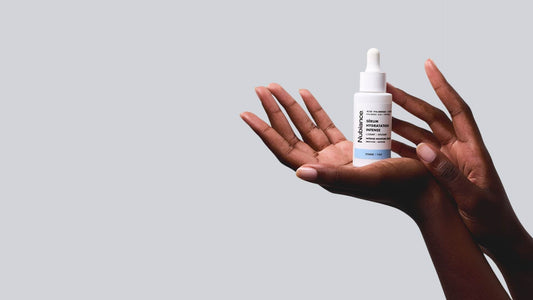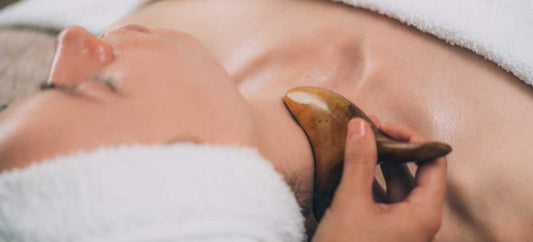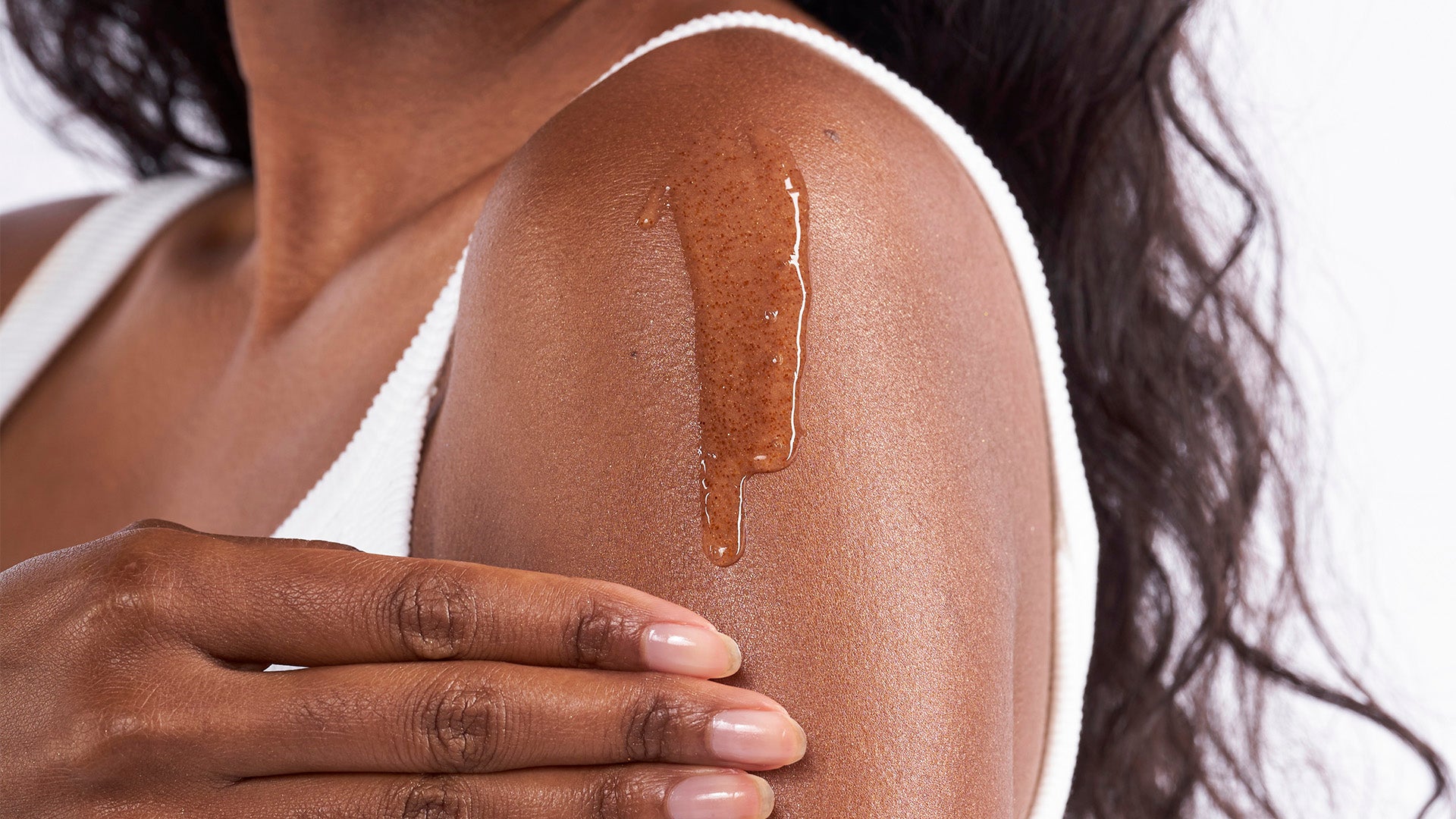
Where does hyperpigmentation come from?
Partager
Where do the brown spots that dull the skin come from? Uneven pigmentation of the skin called hyperpigmentation. This skin condition is due to the poor distribution of the skin coloring pigment: melanin. The concentration of melanin in the skin varies from one area to another. When an overproduction of melanin takes place, the affected area becomes covered in brown spots. But what are the precise causes? We tell you everything in this article!
What causes hyperpigmentation?
Melanin is the tan pigmentation that causes one person to have lighter or darker skin than another. It also affects our eyes and hair. The higher the melanin level, the darker the skin . But for many causes, this pigmentation can occur unevenly, causing an area that is darker than others, resembling brown spots .
This overproduction of melanin is generally due to intense and prolonged exposure to the sun. Other factors also increase melanin production such as hormonal influences, age and skin inflammation.

The sun and melanin
Sunlight is the primary trigger for excessive melanin production. First, this pigment is produced by the skin to protect itself by acting as sunscreen. It is advisable to sunbathe from time to time to strengthen the skin barrier. At the same time, this allows you to have a magnificent tan complexion. On the other hand, when we expose ourselves too much to the sun, the skin is no longer able to control the production of melanin, much less its distribution.
If you continue to expose yourself to the sun despite the brown spots on your face, hands or back, the problem may worsen, turning into even darker spots.
Hormones and hyperpigmentation
Hormones can also influence melanin. This is why it is common for a pregnant or menopausal woman to develop pigment spots. Female hormones such as estrogen and progesterone stimulate the production of melanin. It should be noted that certain hormonal treatments also have an impact on this process. This is even worse if you expose yourself to the sun at the same time.
Age and melanin
With age, melanocytes, the cells that produce melanin, decrease in number. On the other hand, they become larger in size and distribute more melanin. As a result, age spots generally increase from the age of 40.
Skin lesions and hyperpigmentation
Care should be taken when your skin becomes damaged due to injury or inflammation such as acne, psoriasis, atopic dermatitis, cuts and burns. After the wound heals, the skin tends to darken.
Certain medications and melanin
Many studies have shown that hyperpigmentation can be a symptom of disease. This is particularly the case for gastrointestinal and autoimmune diseases as well as metabolic disorders. In some cases, age spots are signs of a vitamin deficiency.
Afterwards, certain medications can promote hyperpigmentation such as antibiotics, antimalarials, anti-epileptic drugs and chemotherapy.

Focus on the three types of hyperpigmentation
Pigment spots more often affect black and mixed skin, although they spare no one. Brown spots can come in different shapes and sizes . Here are the most common forms that can be observed:
The pregnancy mask or melasma
These spots have very precise shapes and are sometimes symmetrical on the face and neckline. They are particularly visible during and after exposure to the sun, then fade afterwards. Melasma may disappear after childbirth, but in some cases it lasts for years.
Post-inflammatory hyperpigmentation
You should know that this type of pigmentation spots represents the second reason for consulting a dermatologist in nubian skin. According to the advice of a doctor, appropriate and rapid treatment should be adopted as soon as the slightest inflammation of the skin occurs.
Lentigines
Sun spots or age spots, this problem affects 90% of the Caucasian population. They are due to an environmental origin and regular exposure to the sun from a very young age. After the age of 50, these spots invade the hands, shoulders, arms, face... in short, all parts of the body exposed to the sun.
How to treat hyperpigmentation?
First of all, you need to avoid or soothe the triggers of pigment spots as much as possible. Then, in order to reduce existing spots, you must follow a suitable beauty routine. At Nubiance, you will discover an anti-dark spot range to smooth and even out your complexion. We offer an anti-dark spot treatment day formula and an anti-dark spot treatment night formula to apply to clean skin morning and evening to correct brown spots.
In addition, you can use our anti-dark spot serum as a treatment for 10 to 15 days. It contains niacinamide to fade spots and soothe the skin, hexylresorcinol to correct hyperpigmentation and glycolic acid to exfoliate the skin and promote cell renewal.




